Real-Time Location Systems (RTLS) are foundational to a growing number of healthcare applications related to facility management and design, including hand hygiene compliance software and staff duress systems that help protect healthcare workers. Recently, there has been a focus on using location data from RTLS to improve the patient experience. This latest focus could have a direct impact on a healthcare facility’s HCAHPS scores.
Wake Forest Baptist used RTLS to create the “ultimate patient experience” and deliver more than $10 million in estimated benefits. Hospital administrators should consider RTLS capabilities when developing their strategies to delivery on patient-centric care, as they can help facilitate the delivery of a superb patient experience while providing an environment that enhances staff satisfaction and everyone’s safety.
Powering patient-centric mobile apps
RTLS can be used to support a wide variety of patient-centric mobile applications. The most common and well-known application is one that supports care coordination such as messaging with their provider or scheduling appointments. The use of an app like this helps the hospital personalize the patient experience while increasing transparency and availability of key medical information through direct integrations to the electronic health record. They help ease the burden on both the patient and clinical staff allowing them to better focus on health management.
Recently, wayfinding applications have started to gain the attention of leading healthcare facilities. The Wall Street Journal compared wayfinding to consumer applications like Google Maps. In short, wayfinding applications help patients, visitors, and staff navigate large healthcare buildings and complexes.
Wayfinding systems utilize Bluetooth Low Energy (BLE) technology found in smartphones to offer turn-by-turn directions. They can adjust walking routes to avoid construction, accommodate inclement weather (by providing indoor-only routes) and disabilities, and – of particular importance in the era of COVID-19 – bypass units with known contagions. Wayfinding not only makes it easy for patients to find the correct offices and departments, it makes it possible to do so efficiently, increasing on-time appointments and reducing costly delays for the facility.
One often overlooked benefit of RTLS applications is their ability to provide rich data to healthcare leaders. This data can include information on real-time occupancy, volume of visits, historical routing, asset utilization, dwell times and space utilization rates – to name a few. Hospital leaders can receive the data in the form of automated reports that help facilitate making more informed and patient-centric decisions.
Optimizing operations and workflows
In the surgical services department, RTLS can facilitate automation of case tracking, automate manual tracking systems, and provide location and time-specific data such as case status, clinical milestones, patient location, and department work queues. Healthcare providers are able to view patient information and location history and see what department patients previously visited and who they interacted with. Easily accessible real-time and historical data can reduce communication errors among surgical staff and improve patient safety in the operating room.
RTLS can also help identify bottlenecks in clinical workflow, so staff can address and correct the issue. With the right system in place, from the moment of admission, surgical staff members can see a record of all patient care activities and be notified if a patient has been waiting too long. The RTLS allows staff to schedule more effectively and enables a historical analysis of clinical workflow, which helps staff to identify areas of procedural congestion. The result is reduced wait time and improved patient experience.
Beyond surgical applications, efficient clinical workflows can have a meaningful impact on the entire healthcare facility and patient experience. Like surgical workflows, manual protocols often create congestion in the clinical workflow process. In many cases, the majority of time wasted is attributed to inefficient work, like staff looking for equipment and patients. By addressing these inefficiencies, healthcare professionals are able to increase utilization and the number of patients seen in any given day, and spend more time educating and caring for their patients.
A NursingTimes.net survey shows that 6,000 hours are wasted every month on searching for missing equipment. Another study says the U.S. healthcare system ends up wasting $765 billion each year on unused supplies. Using an RTLS with asset tracking capabilities, staff members can quickly and accurately locate critical medical equipment. When healthcare professionals can find their equipment quicker, patients don’t have to spend as much time waiting in an exam room and healthcare professionals are able to provide a higher quality of care.
Asset tracking provides other safety benefits such as monitoring equipment in isolation rooms, efficient soiled equipment management, and contact tracing of equipment via location history reports. Thanks to these capabilities, physicians and nurses are more easily able to identify if a piece of equipment was in a storage closet, soiled room or patient room and determine if it was cleaned before its next use.
RTLS can integrate into nurse call systems and their wireless devices, which improves rounding, fall risk, and call cancellation. Staffing issues are common for healthcare facilities, as you are never sure what the day will bring. By utilizing a RTLS, facilities can automate the tracking of float pool nurses. The analytics provided by the system can show what floors are over and understaffed and can help leaders identify who to pull to certain floors to improve utilization.
It can also improve room turnover, which has a drastic impact on patient experience. The quicker the turnover, the less wait time for the patient. RTLS communicates bed status to the environmental services department and allows the next patient to be treated faster.
Ensuring safety and security
Last but not least, some see healthcare facilities as the equivalent of tiny towns – there are many areas that require physical protection, but security personnel can’t be in all places at all times. RTLS has the ability to add an extra level of security, which is one of the most critical components of a patient’s healthcare experience. RTLS provides real-time accurate location data so security is able to respond to the correct location and see changes in location as they occur. The system also provides rings of security, meaning that if a patient goes through a restricted door, the facility can lock the next ring of doors to ensure the patient’s safety.
Some say the happiest place in a hospital is the labor delivery unit. While enjoying precious moments with a newborn, it’s important that parents, family and staff know the new baby is protected and safe within the confines of a controlled unit. RTLS provides visibility into the location of all infants in real-time. Whether swaddled or during skin-to-skin time, healthcare facilities are able to track infant location by using a small, comfortable, unobtrusive sensor that communicates with its RTLS. The sensor also communicates with the mother’s, ensuring the baby is always properly matched with mom. Mothers can rest easy after labor knowing her baby cannot leave area and enjoy added reassurance that she’s “paired” to her newborn.
An RTLS can also equip facilities with a historic record of related data of patient and staff locations. Historic visibility can support contact tracing for infection control. Having an automated system to track infections takes additional stress off healthcare providers, giving them more time to focus on the patient. By tracking the spread of disease, staff and patients can be confident that that their health and safety is a priority for the healthcare system.
Demonstrating value for facility design
Though location technology is more often associated with asset management, RTLS has the potential to completely transform healthcare facility design. By making RTLS an integral part of daily operations, facility leaders can help modernize the patient experience in the environments they’re responsible for while demonstrating the strategic value of facility design.
Deric Blattenberger is a product manager at CenTrak. For more information, visit centrak.com.
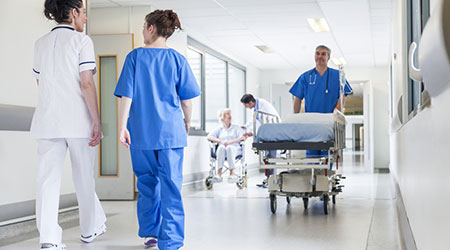
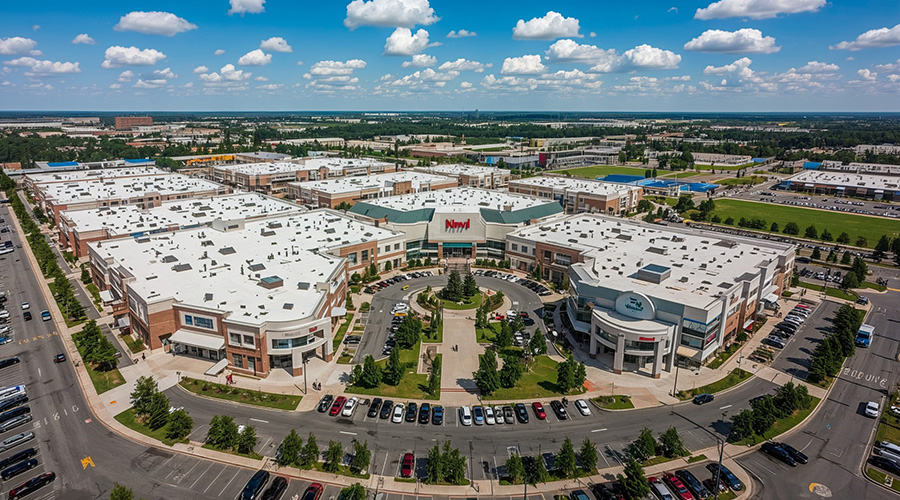 Healthcare Is the New Retail
Healthcare Is the New Retail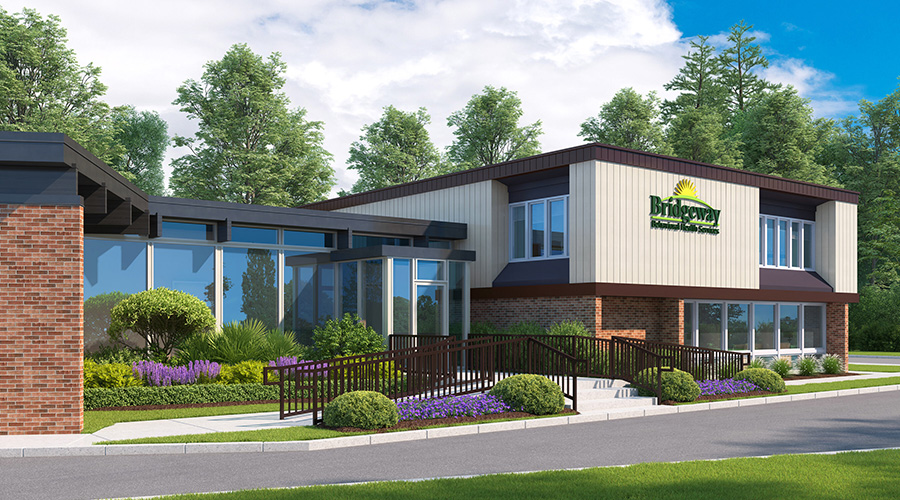 Bridgeway Behavioral Health Services Launches Campaign to Renovate Health Center
Bridgeway Behavioral Health Services Launches Campaign to Renovate Health Center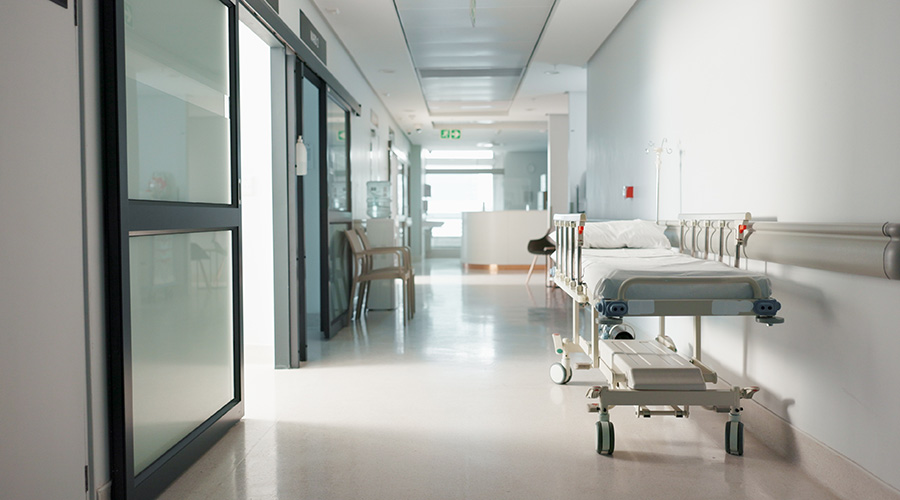 Ground Broken for New North Dakota State Hospital
Ground Broken for New North Dakota State Hospital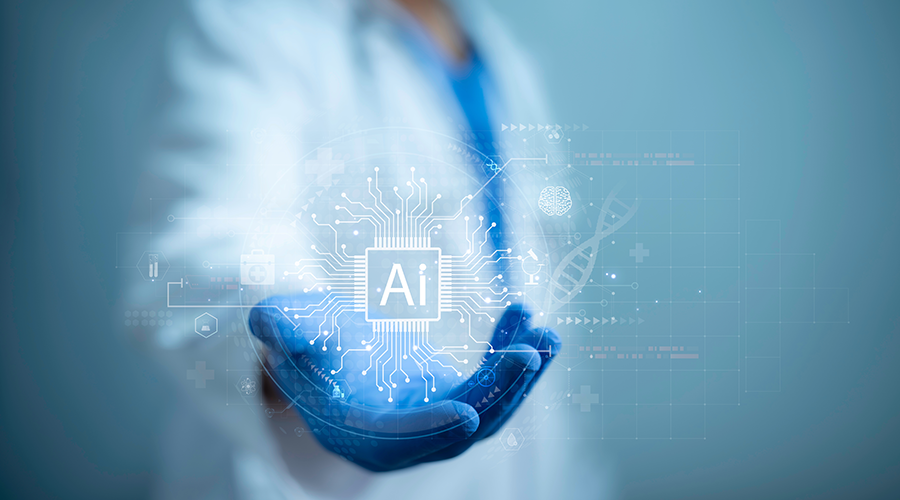 AI Usage for Healthcare Facilities
AI Usage for Healthcare Facilities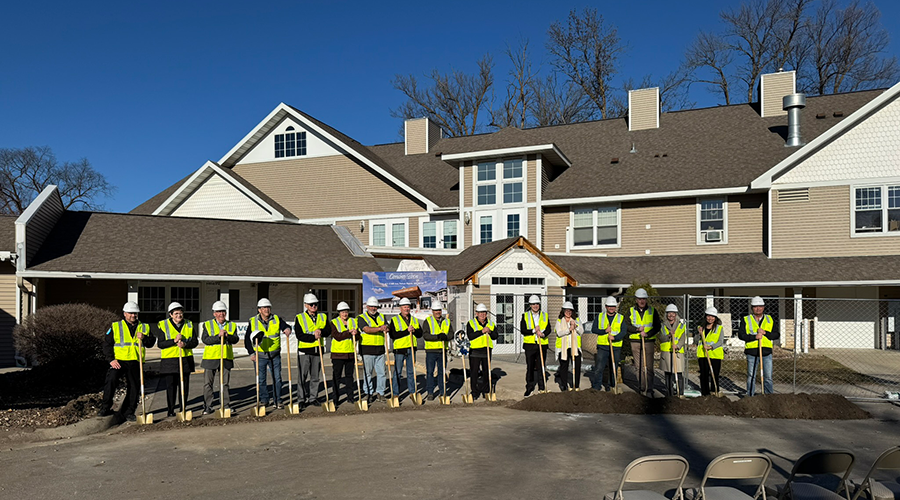 Ground Broken on Pelican Valley Senior Living Modernization Project
Ground Broken on Pelican Valley Senior Living Modernization Project